Living in Pilar, Bataan, we're blessed with easy access to some of the freshest halaan you can find. Just a quick trip to our public market in the morning, and you'll see baskets brimming with clams brought in by our local fishermen from the waters of Manila Bay. These gems usually go for around ₱80-100 per kilo, and the manang at the market already knows to pick out the plumpest ones for making Tinolang Halaan.
If you're feeling adventurous, you can even head to the shoreline during low tide, where locals often gather clams themselves. Just remember to go early before the sun gets too hot!
This simple yet satisfying soup is a staple in many Bataeño households. Our version here keeps things traditional, letting the natural sweetness of our local clams shine through the ginger-infused broth. It's the kind of dish that reminds us how lucky we are to live where the bounty of the sea meets home-cooked comfort.
Jump to:

Why You'll Love This Recipe
- Simple Yet Sophisticated: Using just a handful of ingredients, this recipe creates a restaurant-quality soup
- Quick Preparation: Ready in just 30 minutes, perfect for busy weeknights
- Naturally Healthy: High in protein and minerals, low in calories
- Budget-Friendly: Despite clam prices varying by region, this dish remains economical as it requires few additional ingredients
- Versatile: Can be served as a starter or main course
- Authentic Taste: Brings the flavors of Philippine seaside dining to your home
Ingredients
This recipe uses a perfect balance of ingredients that complement the natural sweetness of fresh clams. Ginger provides warmth and helps reduce the seafood aroma, while garlic and onions create a savory foundation.
Spring onions add freshness, and fish sauce enhances the briny flavor without overpowering it. The simplicity of these ingredients allows the clams to remain the star of the dish, creating a clean, flavorful broth that's both nourishing and delicious.
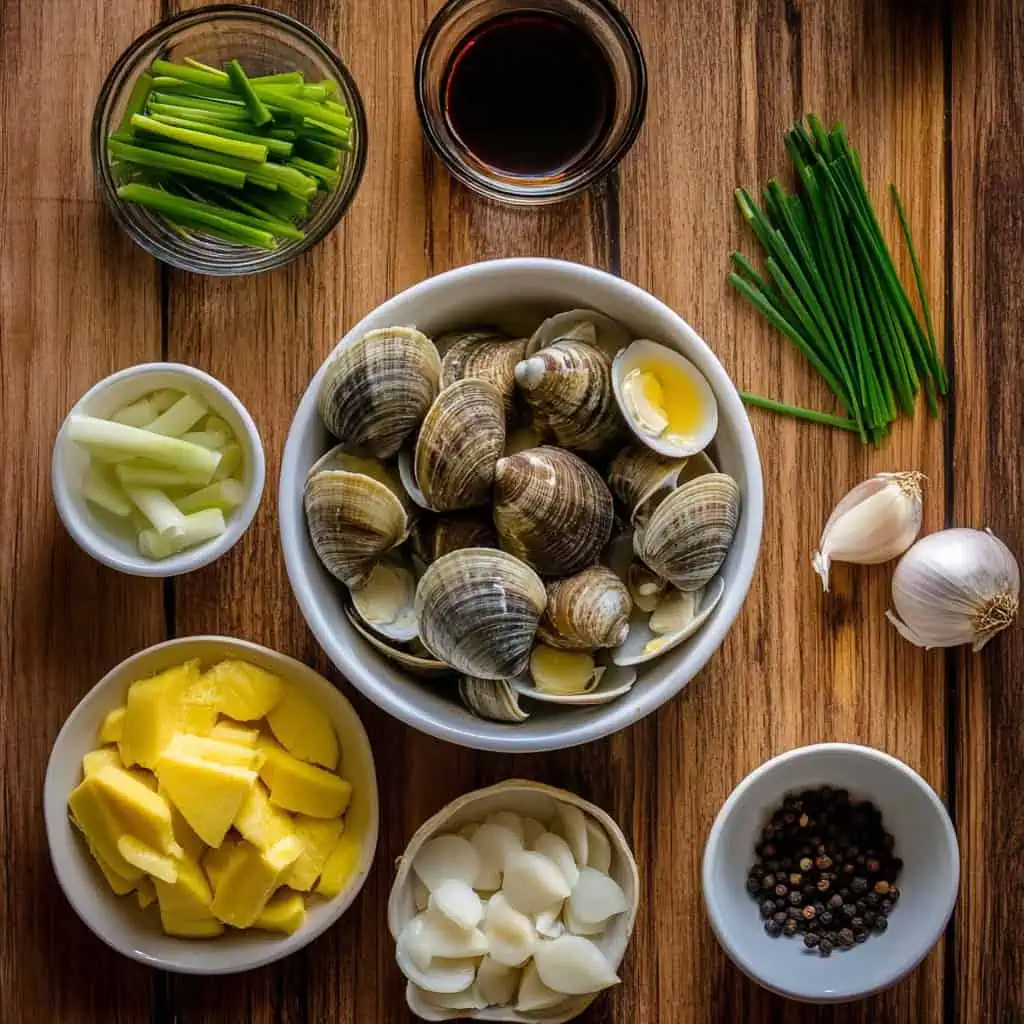
- 1 kg clams (halaan), thoroughly cleaned
- 1 thumb-sized ginger, julienned
- 1 large onion, chopped
- 6 cloves garlic, minced
- 2 stalks spring onions, sliced
- Fish sauce (patis) to taste
- Freshly ground black pepper
- 2 tablespoons cooking oil
- 4-5 cups water
Optional Garnish:
- Extra spring onions
- Calamansi halves
- Thai chilies
Equipment
- Large Pot with Lid: Essential for properly steaming the clams and maintaining temperature throughout cooking
- Fine-mesh Strainer: Used for cleaning clams thoroughly and removing any sand or debris
- Sharp Knife: Necessary for julienning ginger and chopping aromatics precisely
- Wooden Spoon: Allows for gentle stirring without scratching your pot and damaging the delicate ingredients
- Measuring Cups and Spoons: Ensures accurate ingredient portions for balanced flavor
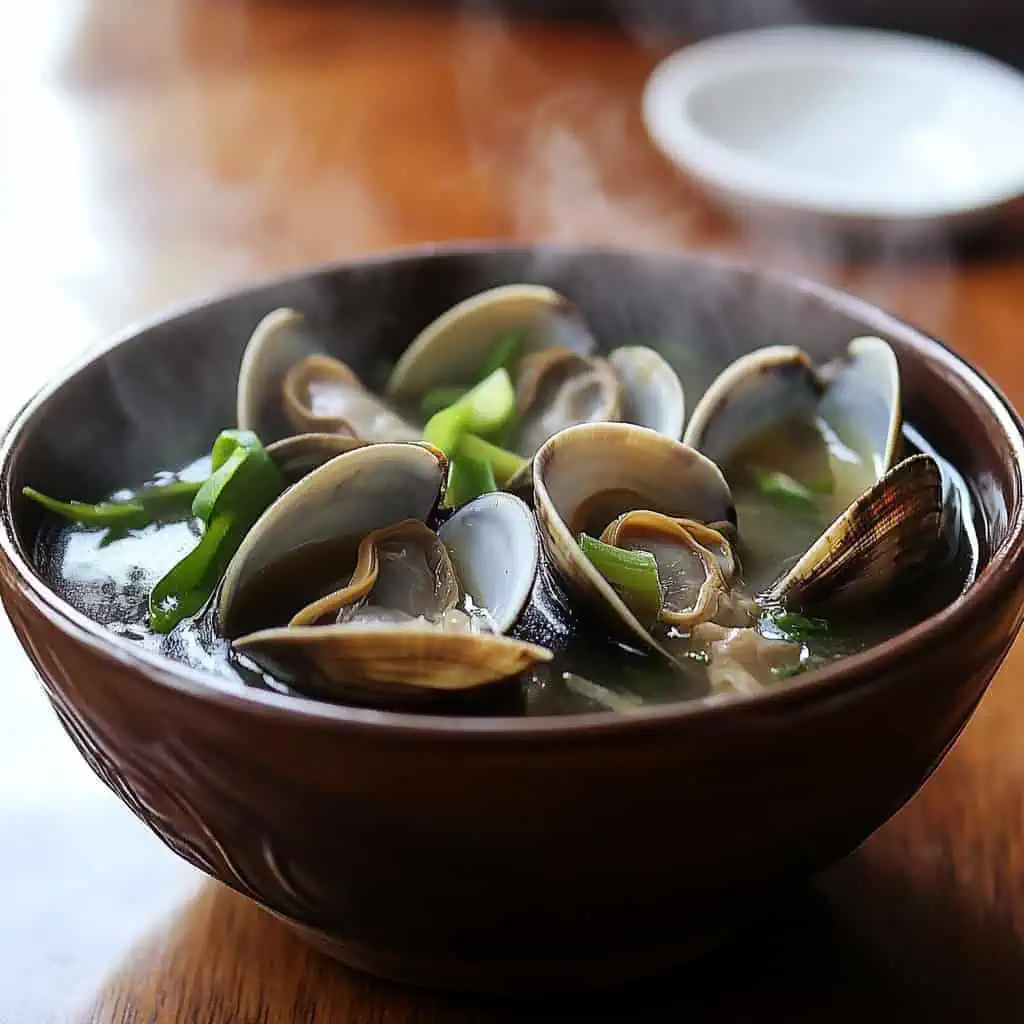
How To Make
- Prepare the Clams: Soak the clams in cold salted water for 15 minutes to release any sand. Thoroughly rinse under running water, scrubbing the shells clean. Discard any clams that stay open when tapped.
- Prepare Aromatics: While the clams are soaking, julienne your ginger, chop the onions, mince the garlic, and slice the spring onions.
- Sauté Aromatics: Heat oil in a large pot over medium heat. Add the minced garlic and cook until light golden, about 30 seconds. Add the julienned ginger and chopped onions, then cook until the onions become translucent, about 2-3 minutes.
- Cook the Clams: Add the cleaned clams to the pot. Pour in just enough water to barely cover the clams. Bring to a boil over high heat, then immediately reduce to a gentle simmer and cover with a lid. Let the clams cook until their shells open, about 5-7 minutes.
- Final Seasoning: Once most shells have opened, add the sliced spring onions. Season with fish sauce and freshly ground black pepper to taste. Simmer gently for 2 more minutes to let the flavors meld. Discard any clams that didn't open during cooking.
- Serve: Transfer to serving bowls immediately while hot. Serve with steamed rice and calamansi halves on the side.

Tips from Lola's Kitchen
- Freshness Test: Before cooking, tap each clam gently. If it doesn't close, discard it as it's no longer alive and safe to eat.
- Ginger Secret: For more pronounced ginger flavor, slightly bruise the julienned ginger pieces before adding them to the pot.
- Clear Broth Technique: For crystal-clear broth, avoid stirring too vigorously after adding the clams.
- Flavor Enhancer: Add a small piece of lemongrass to the broth for a subtle citrus note that complements the clams beautifully.
- Serving Wisdom: Serve immediately after cooking for the best texture; clams toughen quickly if left sitting too long.
- Water Selection: If available, use filtered water rather than tap water for a cleaner-tasting broth.
- Coastal Secret: In many Filipino fishing communities, a tiny splash of rice washing water (the first wash only) is added to the broth for extra sweetness.
Substitutions
- Clams: Manila clams, littleneck clams, or cockles work well as alternatives
- Fish Sauce: Sea salt can be used (adjust to taste), or light soy sauce mixed with a pinch of sugar
- Spring Onions: Substitute with chives, leeks, or even the green parts of scallions
- Fresh Ginger: In a pinch, use 1 tablespoon of ginger paste, though fresh is highly recommended
- Cooking Oil: Traditional recipes use vegetable oil, but olive oil or coconut oil can add interesting flavor dimensions
- Aromatics: If short on garlic, increase onion slightly and add a pinch of garlic powder
Troubleshooting
- Cloudy Broth: If your broth appears cloudy, your clams likely weren't cleaned thoroughly. Next time, soak them longer in multiple changes of salted water.
- Tough Clams: Clams turned rubbery? You've overcooked them. Remember that clams continue cooking in the hot broth even after heat is turned off.
- Sandy Texture: Finding sand in your soup indicates insufficient soaking. Always soak clams for at least 15-20 minutes in cold salted water, changing the water if very sandy.
- Bland Flavor: If your soup lacks flavor, gradually add more fish sauce and ensure you've used enough ginger. The soup should have a delicate seafood flavor balanced with ginger warmth.
- Bitter Aftertaste: Too much ginger or burnt garlic can cause bitterness. Make sure to control the heat when sautéing aromatics.
- Clams Not Opening: If most clams aren't opening, they may not be fresh. Always discard unopened clams after cooking as they may not be safe to eat.
Storage & Reheating
- Refrigeration: Store leftovers in an airtight container in the refrigerator for up to 2 days. The flavor will develop further but clam texture will deteriorate.
- Freezing: Not recommended for cooked clams as their texture becomes very tough when frozen and thawed.
- Reheating: Gently reheat over low heat just until warm (not boiling) to prevent clams from becoming tough.
- Broth Storage: If you want to prepare ahead, consider making only the broth and refrigerating it, then cooking fresh clams when ready to serve.
- Separation: For best results when storing, separate clams from the broth, then recombine when reheating.
- Best Practice: This dish is truly at its peak when consumed immediately after cooking.
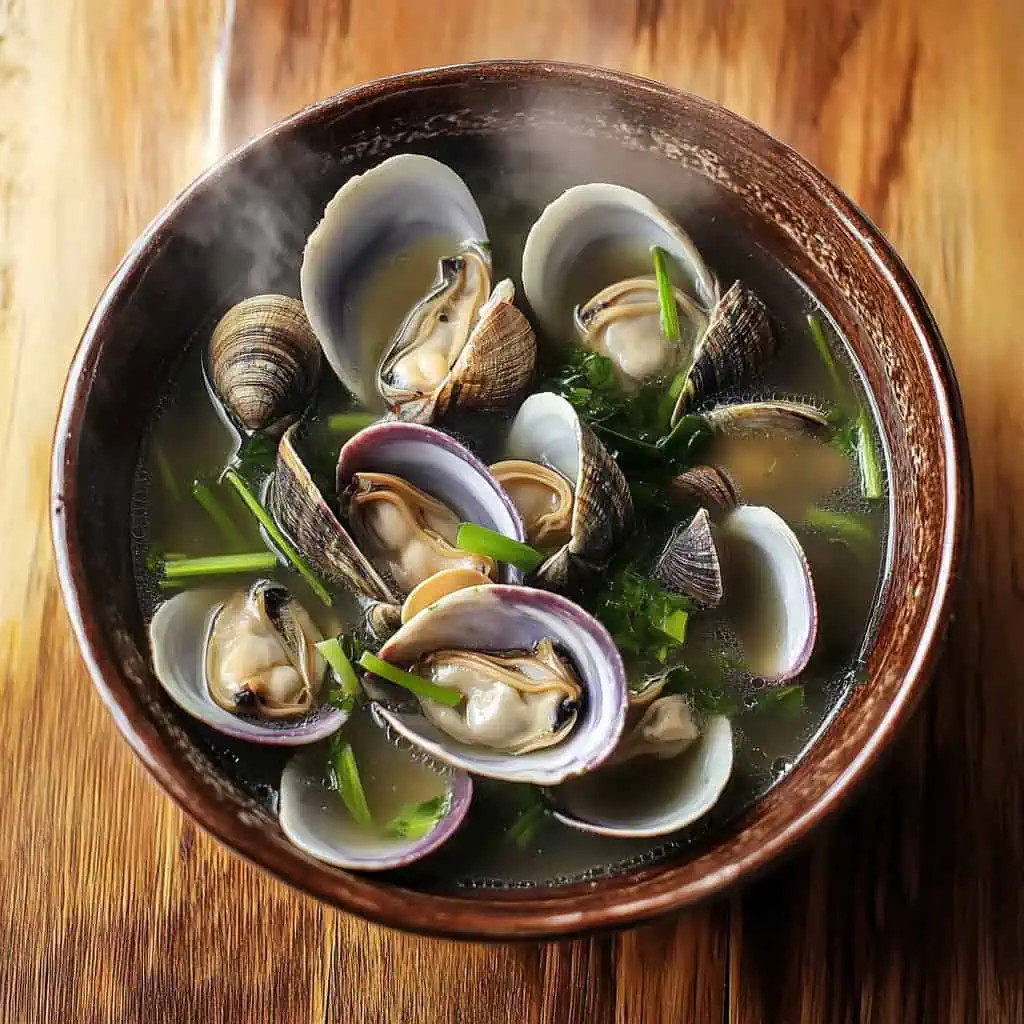
FAQ
How do I know if clams are fresh?
Fresh clams should be tightly closed or close when tapped. They should smell like the ocean—clean and briny—not fishy or unpleasant. The shells should be intact without cracks.
Can I make this dish ahead of time?
This soup is best served fresh, as clams toughen quickly when reheated. If needed, prepare all your aromatics ahead of time and cook the clams just before serving.
Why are some clams still closed after cooking?
Clams that remain closed after cooking should be discarded as they were likely dead before cooking and may not be safe to eat.
Is Tinolang Halaan keto-friendly?
Yes, clams are naturally low in carbohydrates and high in protein, making this dish suitable for keto and low-carb diets. Just be mindful of what you serve alongside it.
Can I add vegetables to this soup?
While traditional Tinolang Halaan is minimalist, you can add spinach, malunggay leaves, or even thinly sliced moringa for added nutrition without compromising authenticity.
What's the difference between Tinolang Halaan and other Filipino soups?
Unlike other Filipino soups that may use meat or tomatoes as a base (like sinigang), Tinolang Halaan relies on the natural flavor of clams and ginger for its distinct taste.
How much fish sauce should I add?
Start with 1-2 tablespoons and adjust according to taste. Remember that clams are naturally salty, so you may need less fish sauce than expected.
Can I use bottled clams?
Fresh clams are strongly recommended for this dish. Bottled or canned clams won't provide the same flavor to the broth and will have a completely different texture.
What wine pairs well with Tinolang Halaan?
A crisp, dry white wine like Sauvignon Blanc or Pinot Grigio complements the delicate flavors of the clam soup beautifully.
Is this soup good for people recovering from illness?
Many Filipinos consider this a healing soup, as it combines the nutrition of clams with the medicinal properties of ginger, making it excellent for those recovering from colds or feeling under the weather.
Related
Looking for other recipes like this? Try these:

Tinolang Halaan (Filipino Clam and Ginger Soup)
Equipment
- Large Pot with Lid (Kalderong may Takip) For properly steaming the clams and maintaining temperature
- Fine-mesh strainer (salaan) For cleaning clams and removing any sand
- Sharp knife [Matalas na kutsilyo] For julienning ginger and chopping aromatics
- Wooden spoon (sandok na kahoy) For gentle stirring without scratching your pot
- Measuring cups and spoons (Panukat) For accurate ingredient portions
Ingredients
For the Soup:
- 1 kg clams halaan, thoroughly cleaned
- 1 thumb-sized ginger luya, julienned
- 1 large onion sibuyas, chopped
- 6 cloves garlic bawang, minced
- 2 stalks spring onions dahon ng sibuyas, sliced
- Fish sauce patis to taste
- Freshly ground black pepper paminta
- 2 tablespoons cooking oil
- 4-5 cups water
Optional Garnish:
- Extra spring onions
- Calamansi halves
- Thai chilies siling pangsigang
Instructions
- Start by soaking the clams in cold salted water for 15 minutes to release any sand. While waiting, julienne your ginger, chop the onions, mince the garlic, and slice the spring onions. Thoroughly rinse the clams under running water, scrubbing the shells clean. Discard any clams that stay open when tapped.
- Heat oil in a large pot over medium heat. Add the minced garlic and cook until light golden, about 30 seconds. Add the julienned ginger and chopped onions, then cook until the onions become translucent, about 2-3 minutes.
- Add the cleaned clams to the pot. Pour in just enough water to barely cover the clams. Bring the pot to a boil over high heat, then immediately reduce to a gentle simmer and cover with a lid. Let the clams cook until their shells open, about 5-7 minutes.
- Once most shells have opened, add the sliced spring onions. Season the soup with fish sauce and freshly ground black pepper to taste. Simmer gently for 2 more minutes to let the flavors meld. Discard any clams that didn't open during cooking.
- Transfer to serving bowls immediately while hot. Serve with steamed rice and calamansi halves on the side. The entire cooking process takes about 30 minutes, with 15 minutes for preparation and 15 minutes for cooking.
- Remember: Don't overcook the clams or they'll become tough. Add fish sauce gradually and taste as you go - you can always add more, but you can't take it away. The broth should be clear, not cloudy, which indicates fresh clams and proper cleaning.
Tips from Lola's Kitchen
- Tap each clam before cooking; discard those that don't close
- Don't overcook the clams as they can become tough and rubbery
- The broth should be clear, not cloudy - this indicates fresh clams
- Add fish sauce gradually and taste as you go
- Save the clam cooking liquid for seafood rice or noodle dishes
Nutrition
The Story Behind Tinolang Halaan
In the coastal communities of the Philippines, Tinolang Halaan tells a story of resourcefulness and the deep connection between Filipino families and the sea. This beloved soup traces its roots to the fishing villages that dot our archipelago's coastline, where fresh clams could be gathered during low tide, providing sustenance for generations of Filipino families.
Here in Pilar, Bataan, where Manila Bay meets our shores, Tinolang Halaan has been a household staple for as long as our eldest locals can remember. Our town's strategic location along the bay has blessed us with an abundance of halaan, making this dish not just a recipe, but a celebration of our maritime heritage. Local fishermen and gatherers, known as "mangangapa," would wade through the shallow waters during dawn, their skilled hands feeling through the sand for these precious shellfish.
The genius of Tinolang Halaan lies in its simplicity. Unlike its more famous cousin, the Tinolang Manok (chicken ginger soup), this seafood version showcases how coastal Filipino communities mastered the art of transforming humble ingredients into something extraordinary. The combination of ginger, garlic, and onions – pantry staples in every Filipino kitchen – creates a broth that's both nourishing and naturally flavorful, allowing the clams' sweetness to take center stage.
In the hierarchy of Filipino soup dishes, Tinolang Halaan holds a special place as both an everyday comfort food and a respected dish served during special occasions. During the monsoon season, when the rains pour and the winds blow strong, many Bataeños find solace in a steaming bowl of this ginger-infused soup. It's also a popular choice during Holy Week, when many Filipino Catholics observe meat-free days.
Today, while modernization has changed many aspects of life in our coastal town, the tradition of making Tinolang Halaan remains largely unchanged. Whether prepared in a modest kitchen or a seaside restaurant, the dish continues to embody the flavors of our maritime culture, serving as a delicious reminder of our community's close relationship with the sea. This recipe, passed down through generations, not only preserves our culinary heritage but also tells the story of Filipino coastal life, one savory spoonful at a time.
The beauty of Tinolang Halaan also lies in its health benefits, combining the high-protein, low-fat properties of clams with the medicinal qualities of ginger. Local wisdom speaks of its effectiveness in warding off colds and providing warmth during rainy days, making it both a delicious meal and a traditional remedy. In many Bataeño homes, it's still considered a go-to dish for anyone feeling under the weather, following age-old beliefs in the healing properties of ginger and seafood broth.
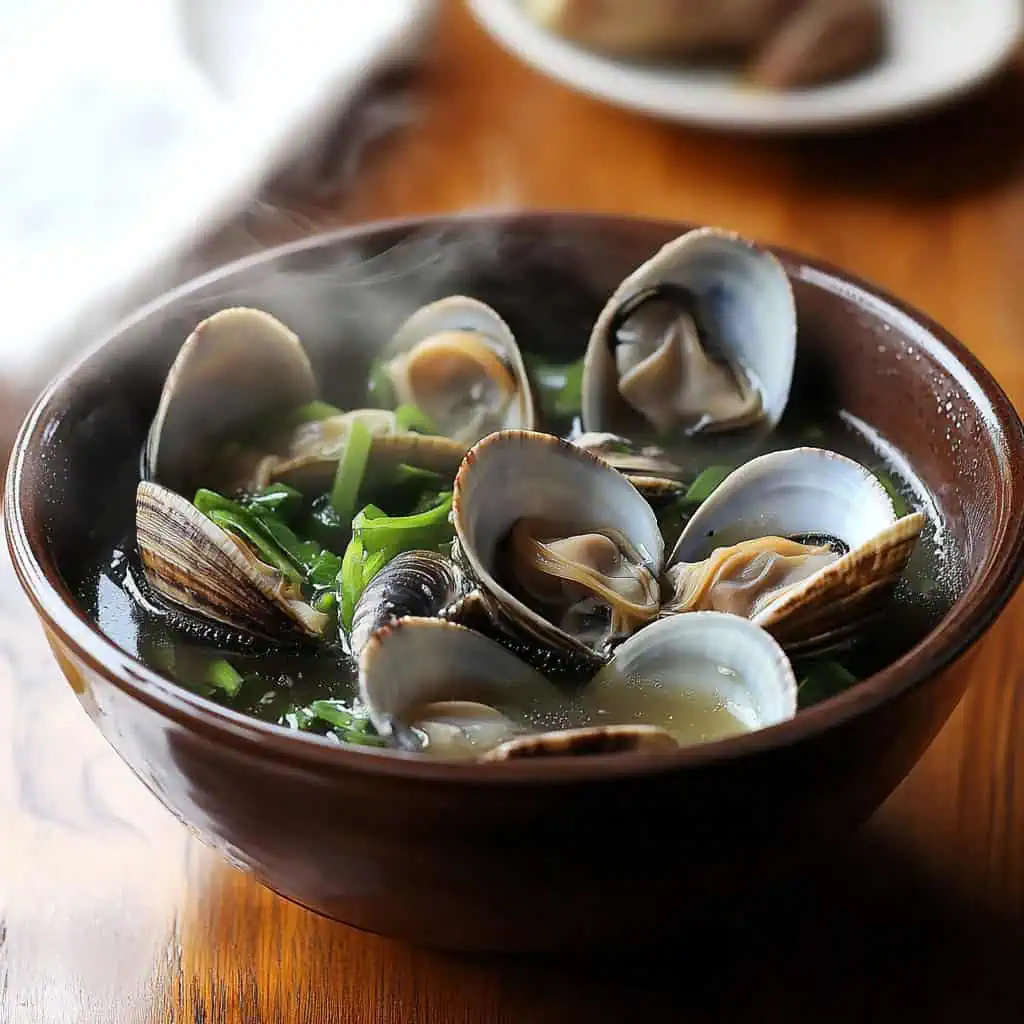

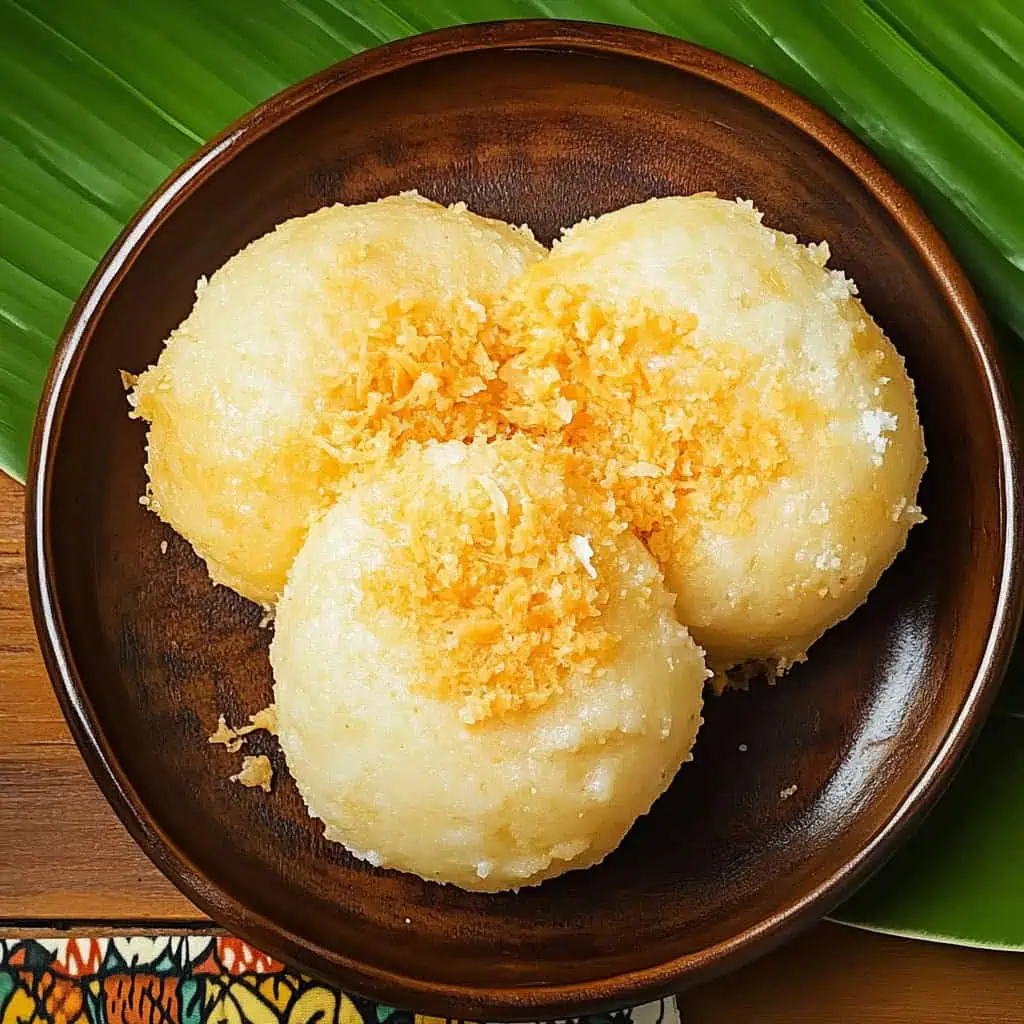
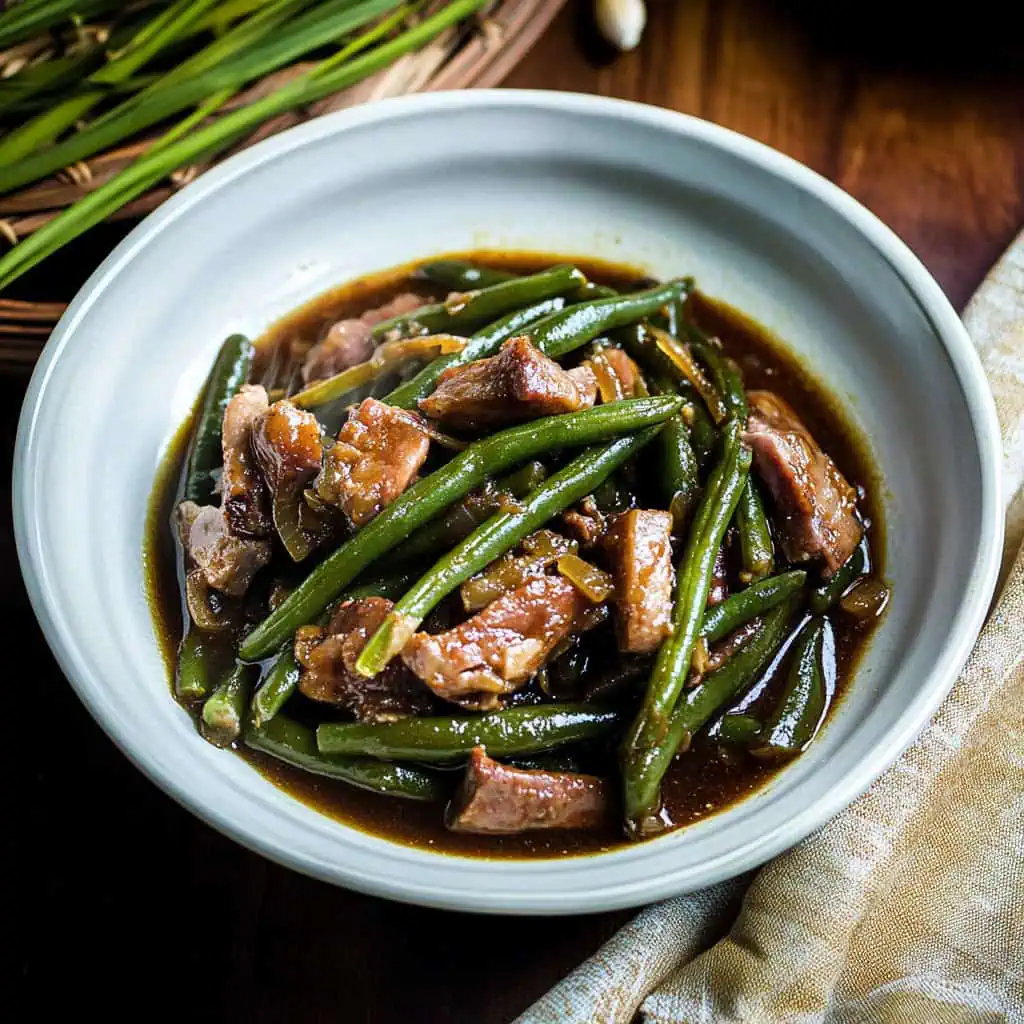
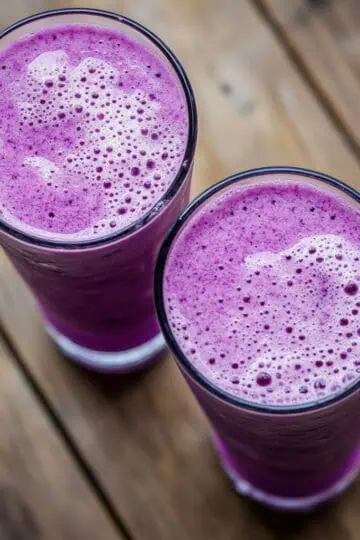
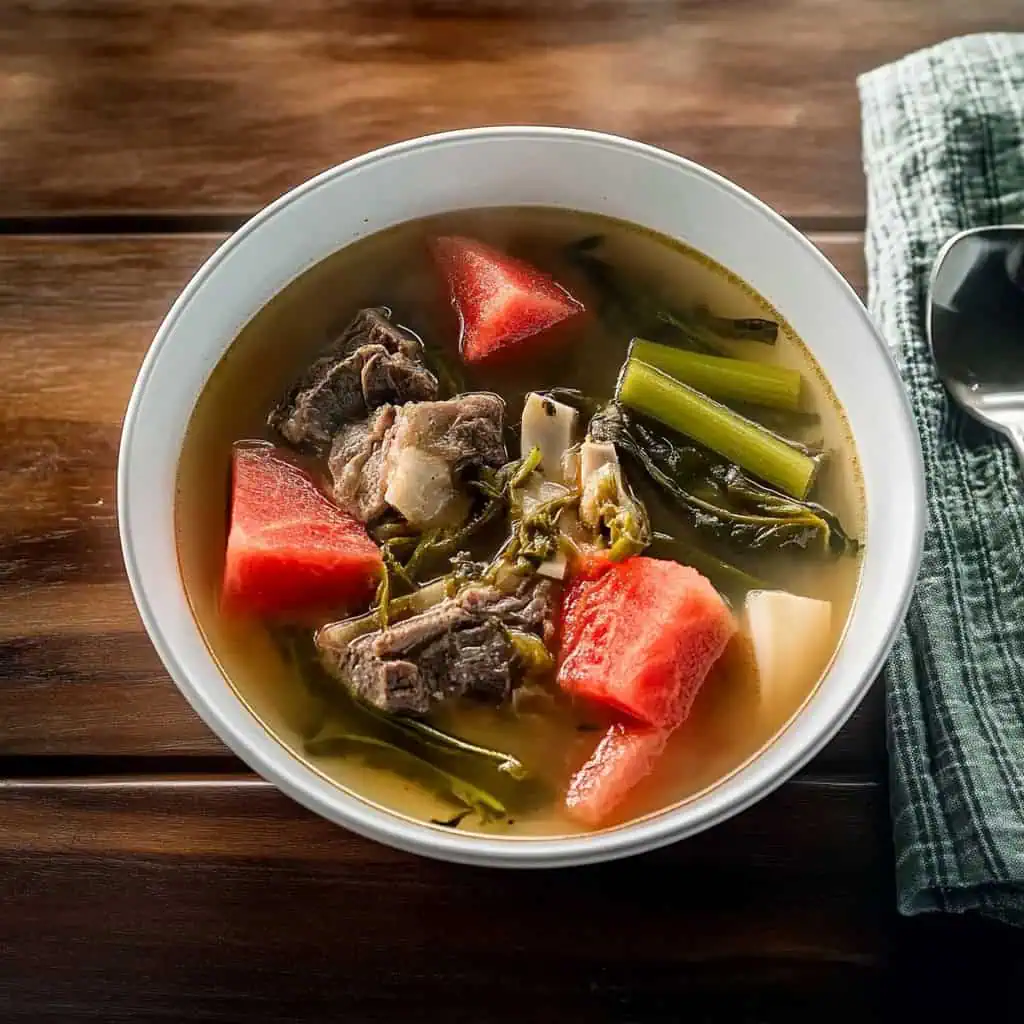
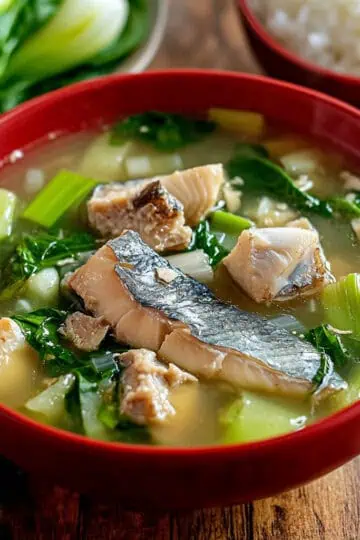



Comments
No Comments